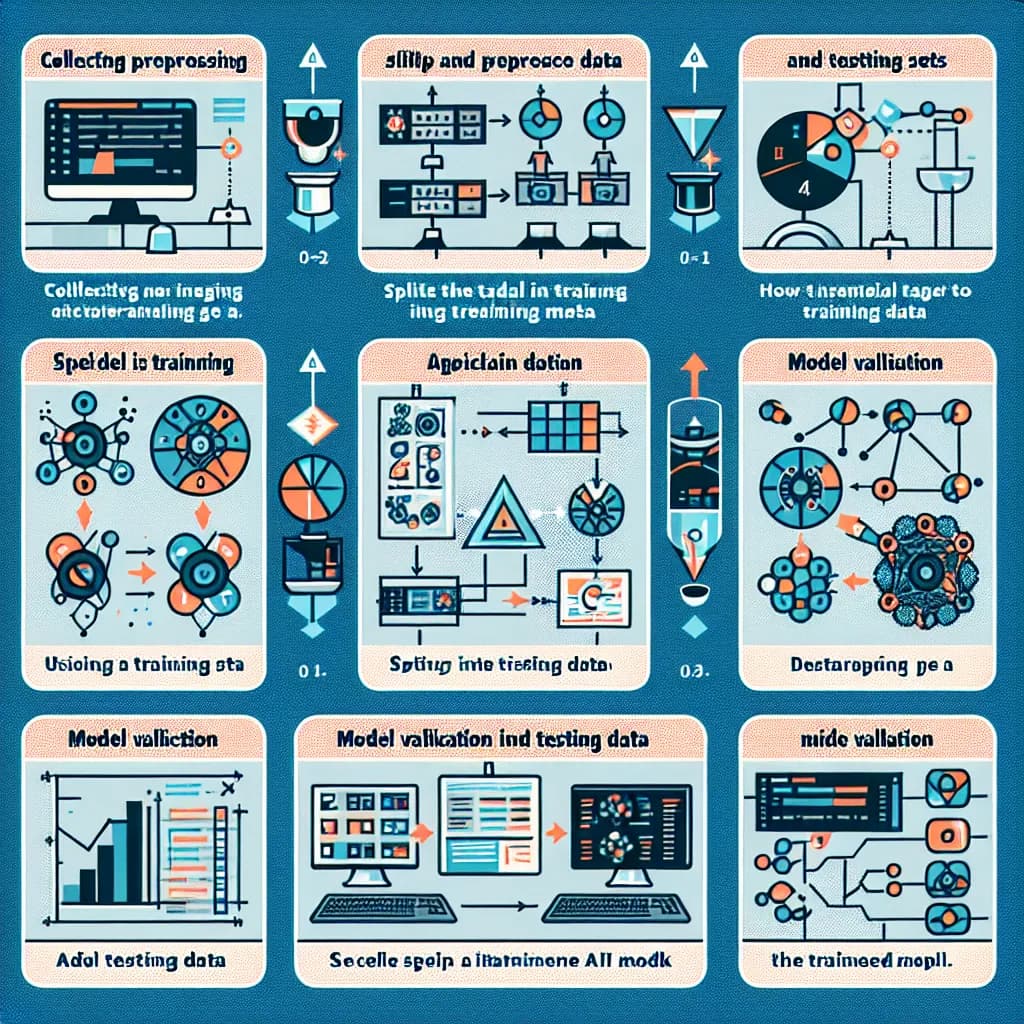Date:
24/12/2023
Listen to this article:
Key Points
GraphQL and REST Differences: GraphQL offers a single endpoint and flexible data retrieval, while REST uses multiple endpoints with fixed data sets.
Performance and Use Cases: GraphQL excels in complex, dynamic data scenarios, whereas REST is suitable for basic CRUD applications.
Introduction
GraphQL and REST represent two of the most widely used architectural patterns for building APIs. Understanding their differences, strengths, and weaknesses is crucial for developers to choose the appropriate technology for their projects.
Architectural Style
REST:
REST (Representational State Transfer) is an architectural style using standard HTTP methods.
It is based on client-server communication, with each request being stateless and independent.
REST APIs rely on specific endpoints for each resource, which can lead to over-fetching or under-fetching of data.
GraphQL:
GraphQL is a query and data manipulation language for APIs, not tied to any specific transport protocol.
It uses a single POST method for various operations, unlike REST, which maps resources to specific HTTP verbs.
GraphQL's declarative data fetching allows clients to request exactly what they need, reducing unnecessary data transmission.
Performance and Data Fetching
REST:
REST is efficient in simple data retrieval and modifications but struggles with over-fetching and the need for multiple requests in complex scenarios.
The server dictates the response structure, limiting client control over data retrieval.
GraphQL:
GraphQL stands out in handling dynamic and complex data requirements with no over-fetching.
It allows clients to define the structure of the response, enhancing efficiency in data retrieval.
However, GraphQL's dynamic nature poses challenges in caching, requiring careful consideration and management.
Use Cases
REST:
Ideal for CRUD applications like blogs and e-commerce platforms.
Its caching capabilities make it suitable for scenarios where performance and scalability are key.
GraphQL:
Best suited for applications requiring complex data handling, like social media platforms with large user bases.
Offers powerful features for real-time applications, making it ideal for modern, interactive web applications.
Conclusion
The choice between GraphQL and REST depends on the specific needs of the application. REST offers simplicity and efficiency for basic CRUD operations, while GraphQL provides flexibility and power for dynamic, complex data scenarios. Developers should consider these factors when deciding on the most suitable API architecture for their projects.
Understanding the strengths and limitations of both GraphQL and REST is key to making informed decisions in web development, ensuring that the chosen technology aligns with the project's goals and requirements.
About the author
Evalest's tech news is crafted by cutting-edge Artificial Intelligence (AI), meticulously fine-tuned and overseen by our elite tech team. Our summarized news articles stand out for their objectivity and simplicity, making complex tech developments accessible to everyone. With a commitment to accuracy and innovation, our AI captures the pulse of the tech world, delivering insights and updates daily. The expertise and dedication of the Evalest team ensure that the content is genuine, relevant, and forward-thinking.
Related news

The Best GPTs to Try Right Now
A comprehensive overview of the most intriguing GPT applications available in OpenAI's GPT Store, highlighting their diverse functionalities and impact.

Continuous Integration (CI) vs. Continuous Delivery (CD)
Exploring the distinctions, benefits, and best practices of Continuous Integration (CI) and Continuous Delivery (CD) in modern software development.

How to Train Generative AI Models from Scratch
A detailed guide on how to train generative AI models from scratch, encompassing all essential steps and best practices.